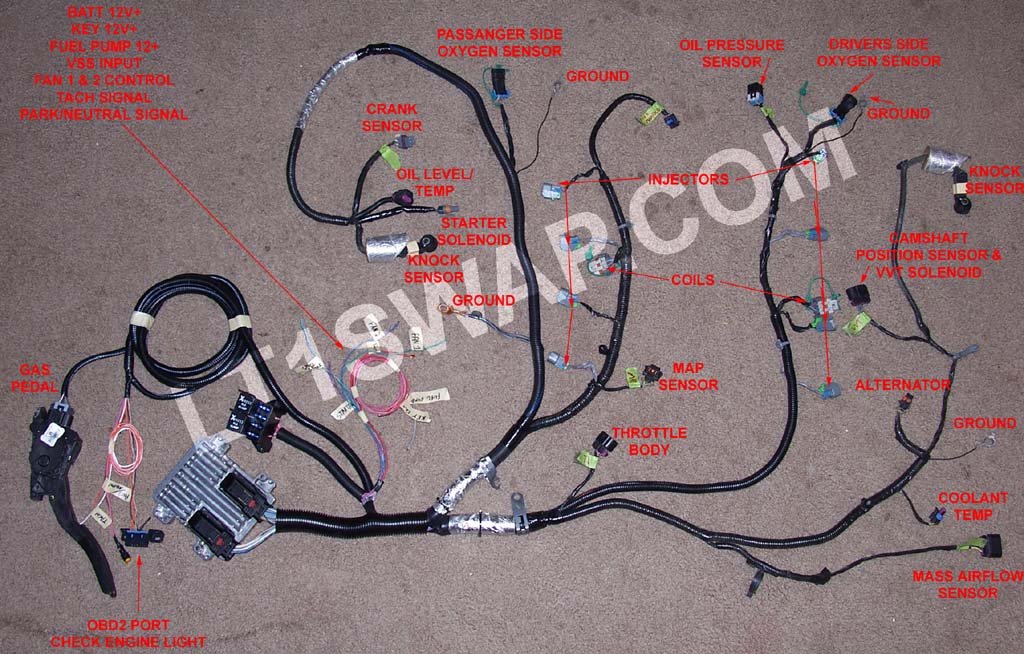I'm trying to see where to extend the DBW wiring on a 2010 Camaro SS Auto wiring harness. I went with that one, because it uses VVT. I'm assuming the wires are attached to the X102 socket, and I need to pull them from there and run a pigtail to the pedal?
Here is a picture of an unmodified harness

And here is one modified. Do the wires come out of the X102 socket?

Here is a picture of an unmodified harness

And here is one modified. Do the wires come out of the X102 socket?


